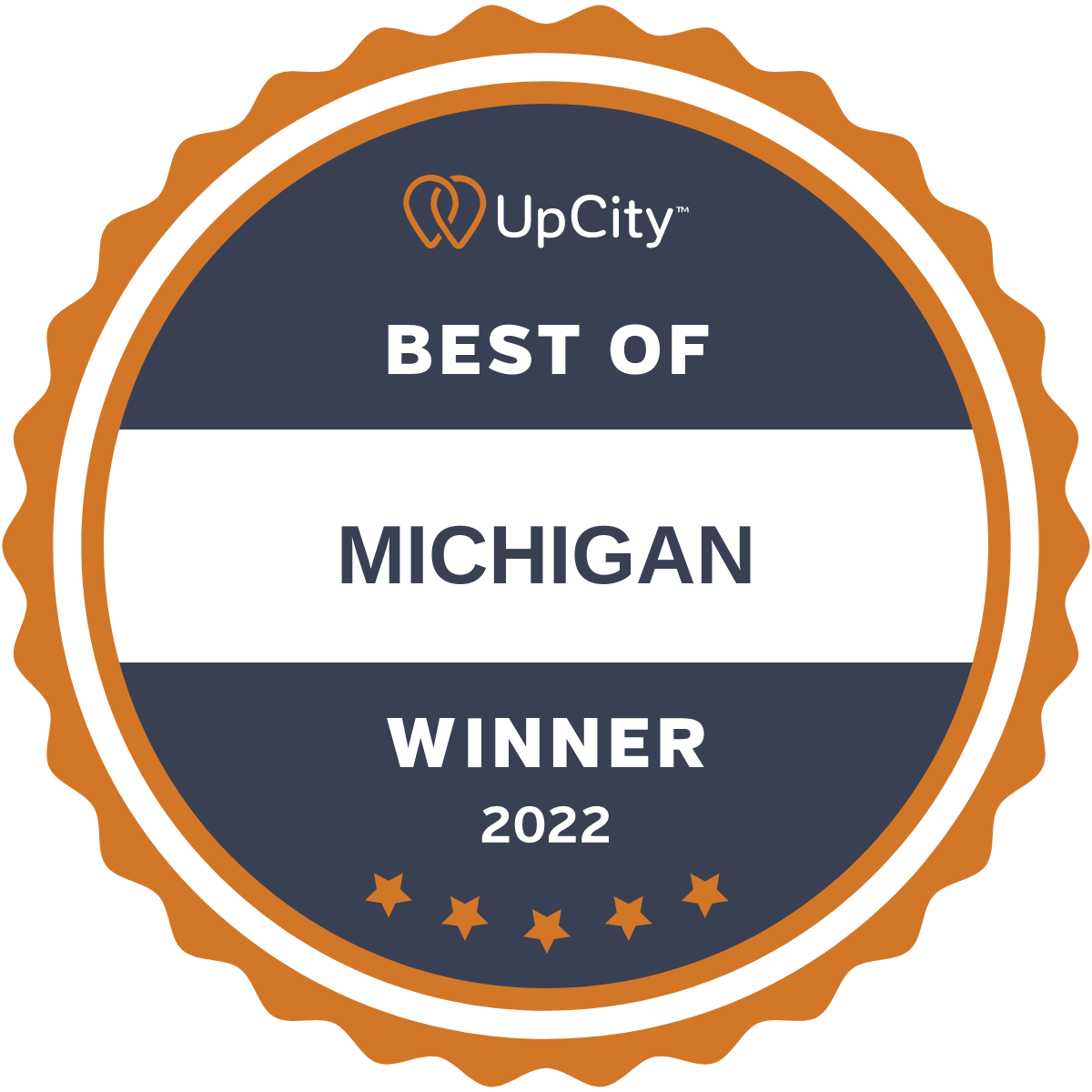How to Make Blogging Easier for Your Business
Blogging remains a potent force in digital marketing. And when it comes to boosting local SEO, strategic blogging makes a significant difference. Let's dive into the critical steps of crafting an effective blog strategy for your business.
📲 Do you need an expert resource to jumpstart your blogging? Schedule a Call with Speck Designs. 📞
Know Where You're Going
Before you start writing, define what success looks like for your blog. Do you want to increase website traffic? Attract more customers in your immediate area? Become a thought leader in your niche within your community. Your objectives will shape the type of content you create and how you measure results later on.
Find What Sets You Apart
What unique expertise, insights, or perspectives does your business offer? Focus on a specific niche within your industry. This allows you to become a go-to source for a targeted audience and helps your content stand out. Think about the problems your customers face, the questions they ask, and the knowledge you can share to help them.
Competitor Analysis: Learn From Others
Take some time to analyze the blogs of your local competitors. Notice what topics they cover, what keywords they target, and what type of engagement they get. This helps you identify gaps you can fill, refine your niche, and pinpoint opportunities to do even better.
Choosing a Platform: Where Will Your Words Live?
Consider ease of use, customization options, SEO features, and the ability to integrate with your main website when selecting the perfect platform for blogging.
Stay on Top of Content Trends
Stay on top of trends in your industry by reading blogs and publications relevant to your target audience. This will keep your knowledge base sharp, spark new ideas, and help you identify content that resonates with your ideal readers.
Build a Roadmap to Content Success
Consistency is vital for a successful blog. Develop a content calendar that outlines topics, publication dates, and how you'll promote each post. Plan around seasonal events, local happenings, or even your business promotions.
High-Efficiency Topics: The Sweet Spot of Value
Brainstorm blog post ideas that address your customers' pain points, answer common questions, and provide value in a hyperlocal context. For example, a local landscaping company could write a post about "The Best Drought-Tolerant Plants for [Your City's] Climate."
Schedule and Stick to It: Consistency is King
Determine a realistic posting frequency and commit to it. Even once a month can be impactful if the content is high quality. Consistent publishing trains readers to expect new content and keeps them returning to your site, boosting traffic and engagement.
Write for Humans, Not Just Search Engines.
While SEO is important, your priority should be providing value to your readers. Write conversationally, with a voice that aligns with your brand. Avoid excessive jargon or overly technical language that might alienate readers outside your industry.
Enticing Titles: The Key to Clicks
Your title is often the first thing people see. Craft titles that are attention-grabbing, relevant, and keyword-rich. Don't be afraid to experiment with different formats to see what works best for your audience.
Readability is Essential
Break up your text with headings, short paragraphs, and visuals to make it easy on the eyes. Use robust formatting to guide your readers through the critical points of your post. Consider the reading level of your target audience, aiming for clarity and accessibility.
Satisfy Search Intent: What Do People Want?
Think about the reason behind someone's search query. If they search for "best restaurants near me," they're probably looking for a list, not a philosophical essay on dining. Structure your content to match the true purpose of the search.
Share Unique Research
Don't just regurgitate information found elsewhere. Conduct your research, surveys, or case studies. Could you poll your local customers about a trending topic? Create an infographic presenting data specific to your city. Original insights make your blog a precious resource.
The Power of Collaboration
Partner with other local businesses or influencers in your niche. Guest blogging on each other's sites expands your reach, brings fresh perspectives to your audience, and builds valuable backlinks for SEO. You could also host a virtual panel discussion on a relevant topic with local experts in your community.
Build Credibility
Reference reputable sources within your content to back up your claims and show that you're well-informed. This could mean linking to relevant news articles about your community, respected industry publications, or local government resources. It demonstrates your commitment to accuracy and makes your blog more trustworthy.
Polish Your Work
Typos, grammatical errors, and sloppy formatting can damage your brand's image. Take the time for careful editing, or hire a professional proofreader if your budget allows. Another set of eyes often catches what we miss on our own.
Distribution and Promotion
Don't fall into the trap of "if you write it, they will come." Promote your posts tirelessly on social media, and in your email newsletter, and consider reaching out to relevant local publications.
Creating Conversion Paths
A blog post is just one step. What action do you want your readers to take? Include clear calls to action, whether booking an appointment, subscribing to your email list, or visiting your store. Make the next step seamless and intuitive.
Track Performance
Use analytics tools to understand how your blog posts are performing. Look at traffic numbers, bounce rates, time spent on the page, and conversions generated. This data tells you what's resonating with your audience and guides further content creation.
Refresh and Repurpose
Revamp old but still relevant content with updated information and fresh visuals. Turn popular blog posts into social media graphics, a short video series, or an email course. Get more mileage out of your hard work by using different formats.
Quality Control Process
As your blog grows, establish a system to ensure consistency and quality. This could involve checklists for writers, a style guide defining your brand voice, or a multi-person editing process if you have a team. Protect your reputation by never sacrificing quality, even when output increases.

Thank you! You have successfully joined our SD Insights email list.









